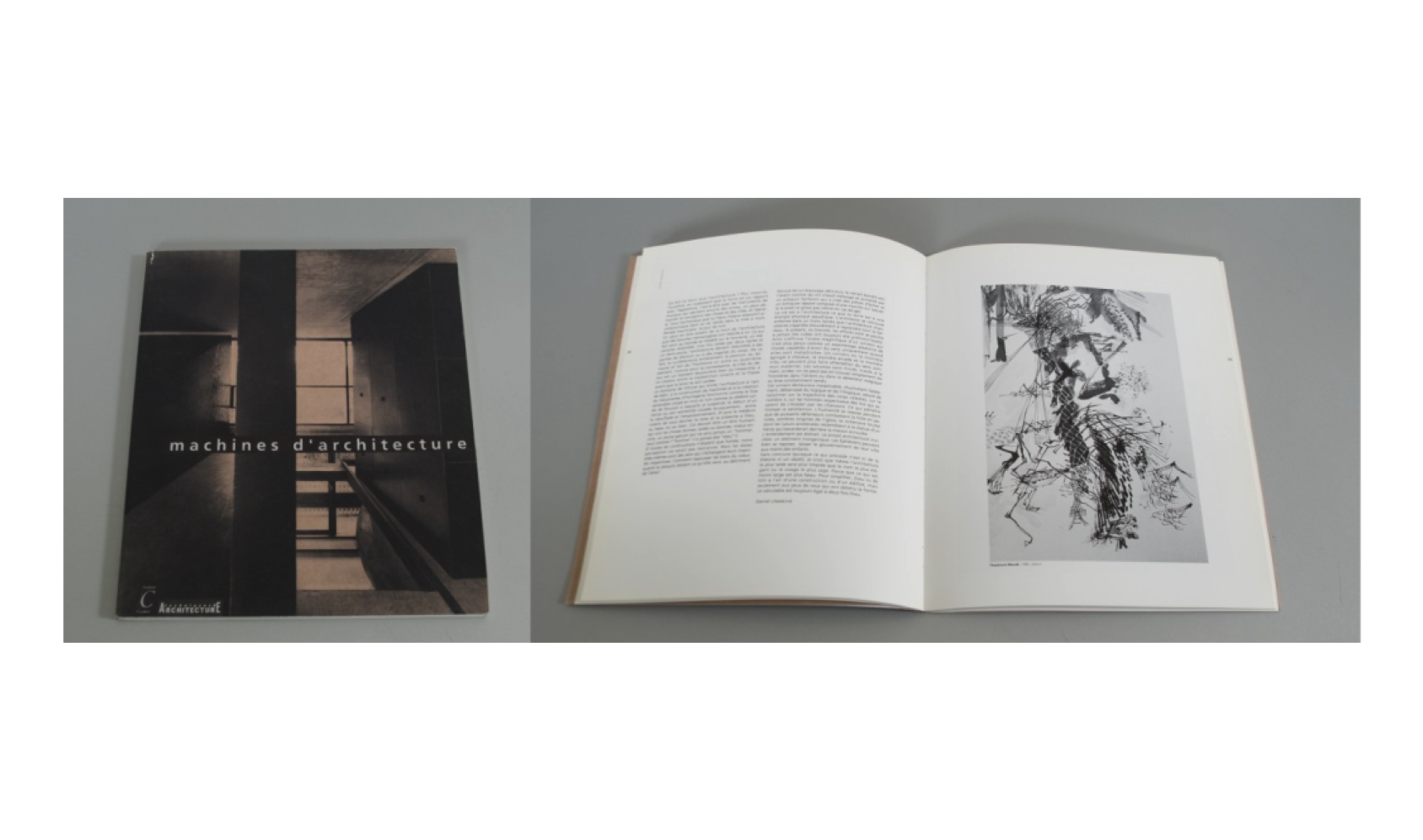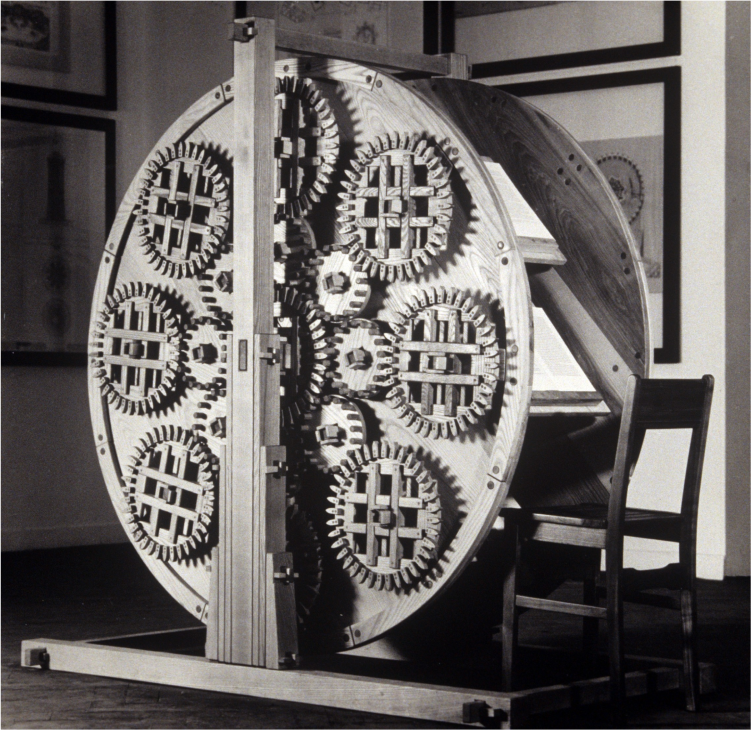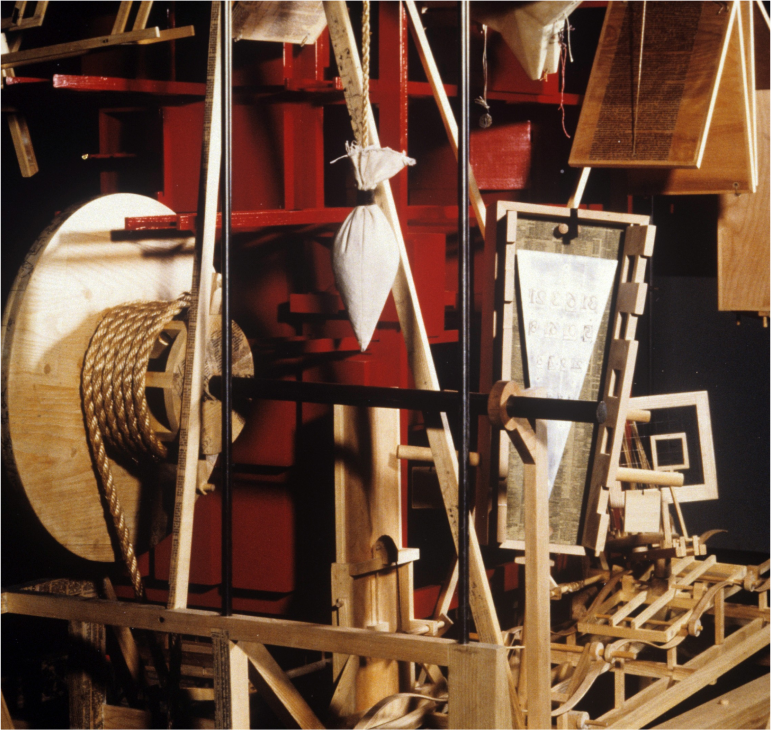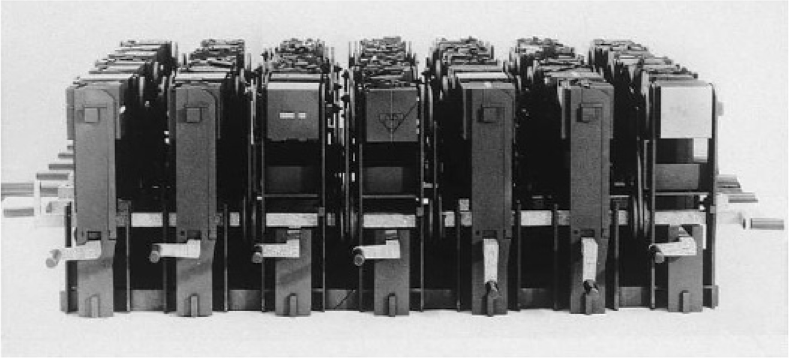
I read the passage, Architectural Intermundium by Daniel Liberskind. Before I get into this very *interesting* text, I will give some context about the author.
Daniel Liberskind was born in 1941 in Poland and as a child, was described as a virtuoso musician. He said in an interview that he does think he would be doing architecture if he wasn’t a musician in a former lifetime. He says the act of creating architecture is similar to creating and orchestrating music. He doesn't believe he gave up on music, but changed instruments.
As an architect, he is renowned for his ability to evoke cultural memory in a building. His most famous building is the Jewish Museum in Berlin, and for good reason. He dedicated more than a decade to design it into the meaningful historical site it is today. A striking design feature to note is the zigzagging shape and sharp angles. These were created to symbolically represent the hard history of Germany’s Jewish community. Although the true meaning of the shape is up for interpretation, it’s speculated that the shape resembles a broken Star of David while others view it as a bolt of lighting. Regardless, the shape succeeds in leaving the visitor with a feeling of insecurity or disorientation.
Moving into his Architectural Intermundium, I will be honest and say it took me more than one read to fully understand what he was trying to say. I’ll start with the definition of the word intermundium; a space between worlds. Libeskind wanted to capture the space in between the death of architecture as we understand it, and the possibility of its rebirth.
*Before I continue on, I will briefly address his writing style. In my opinion, I think he purposely wasn’t straightforward in his explanations because he wanted the reader to make their own interpretation. Much of what I will talk about in this essay will be my speculation of what I think he is trying to say.*
Liberskind believes that we are reaching the end of architecture as we know it, but to explain it successfully, we have to move beyond regular language. This is why he created machines. Partly because the act of creation helped him understand the phenomenon more, and partly because the experience of interacting with the machines could inform in a more meaningful way.
He created 3 machines that are mutually independent, but the starting point for the other. They all work together as a big movement but are separated into three parts that capture the end of architecture.

He starts with the Reading Machine. I wondered why he decided to start in the Middle Ages, when there were many eras of architecture that predated. Although it’s not explicitly said, I think it’s because this era was the beginning of the end. Later in his writing, he references Victor Hugo’s prophecy; “The book will kill the edifice”. This might be the period that reading starts to have a negative impact on architecture.
Although books were not common in the Middle Ages, this time period represents total faith, and Libeskind wants to explore and become a pure believer in architecture. He wants to understand what it felt like to be a monastic craftsman.
Liberskind didn’t use any power tools, electricity, or glue. He could have made the machine fast with modern tools if his only priority was the machine itself, but he was focused on understanding and learning. He phrased each machine as “lessons” because something was learned in the process of making and interacting with each machine. The lesson of the first machine has to deal with the tautological reality of architectural texts. when you sit at the machine to spin the wheel, it’s hard to determine where the words start and end. You’re sitting with a book in front of you, but experience the other book almost falling on top of you, while the book you just saw, almost falls to the floor. It’s an uncomfortable experience on purpose. I think what Libeskind is trying to say is that we’re stuck in a loop, only focusing on new problems and getting rid of old solutions that aren’t relevant anymore. We have lost navigation of the start and end and are just sitting stationary, too zoomed into only one part. As a criticism of his writing style, I would say that it was confusing, trying to understand the insight he gained and how it related to architecture. Although I understand that he might want to give the reader space to interpret the work, it’s impossible for me to fly to wherever the machine is and experience it in person. I’m limited to only text explaining it. I wonder if this separation further pushes his point that we don’t have faith in text anymore and I find it hard to understand what he’s saying because I’m not allowing myself to fully engage and trust what he’s saying. I can’t understand it just through text.

Now onto machine 2, the Memory Machine. Compared to the first machine, Liberskind doesn’t dive deep into the process of making the machine, but talks more about the phenomenon of illusion and the increasingly unclear distinction between real things and the things it controls. He chose the Renaissance, because this was the start of machinery that moved other parts. The way I understood this was with his metaphor of the puppet. We get so focused on the puppet that we forget about the source that controls the puppet. Liberskind believes we strayed from the source and the machine visually represents the inside of architecture. He wants to send architecture back to its stellar sources, Dublin in the west and Moscow in the East. I found it interesting that the source wasn’t something earlier, before the downfall of architecture, but the modern revival of the core of architecture. Now these next claims are all speciation. I looked into the two artists referenced, writer James Joyce and architect Vladimir Tatlin. I’m assuming that what he liked from these artists are the features that he includes in his own work. James Joyce is known for his book, Ulysses that is written in the stream of consciousness style. I can infer that Liberskind likes the rawness and unfiltered style, because I believe he is writing the Architectural Intermudium in the same style. Vladimir Tatlin is known for his architectural sculptures that push the bounds of conventional architecture and engage with the viewer in a more intellectual and emotional way. We see this in Liberskind’s work, notably in the design of the Jewish Museum in Berlin. To conclude this section, I think the lesson of this machine is that we created architecture (puppet) and got very lost in the strings. We need to go back to the source (the puppet master/wooden cross).

Finally, machine 3, the Writing Machine. I will be honest and say this was the most confusing section. The thought even passed through my mind “is this writer reliable or is he just speaking gibberish?” This machine focuses on the industrial period. It’s similar to the first machine, where the process of making it was important and had to be done in a specific way. Libeskind simulated the 9-5 worker and had neutral attitudes when working on the piece. This machine explores how we learn about architecture and all that’s sacrificed in the poetic nature of architecture by creating it in an industrial process. This writing machine process both reading and memory material and projects it. But the insight doesn’t come out clearly and deciphered. There’s so much information captured and so much being shown, that it’s so difficult to process it. I’m inferring that Libeskind is saying that we’re overwhelmed with information because of the accessibility of insight and knowledge, that we aren’t putting it to proper use. In the beginning of the paper, he says that when we’re about to die, our life flashes before our eyes and shows us what could have been. I think this is what’s being expanded on. We’re at the end of the architecture as we know it, and we have the ability to reflect on all that was, is, and could be.
What’s next is another cycle that starts at reading and building faith in architecture. I do find it poetic that the book is a cycle. To understand the beginning, I pulled upon ideas mentioned in the end, and to understand the end, I referenced back to ideas introduced in the beginning.
Overall, I think this was an interesting read. I didn’t have any previous knowledge on Libeskind (other than what was talked about on the first day of school) so I might have analyzed his work with a different set of biases that an architecture student would have. Although I really struggled to understand what he was saying, the fact that everything was purposeful and throughout made up for it. I’m looking forward to the class discussion where I can see how close my interpretation was to my classmates.